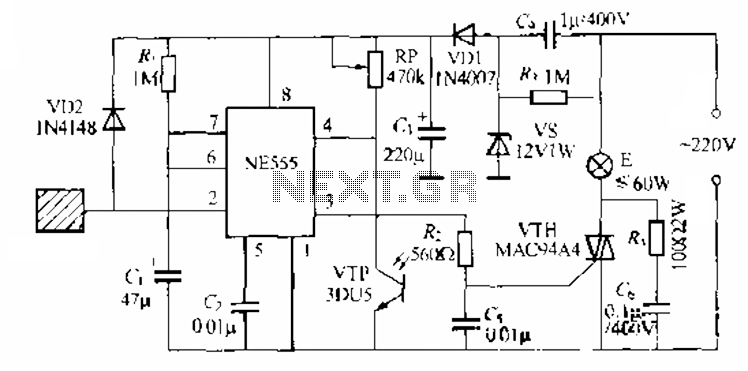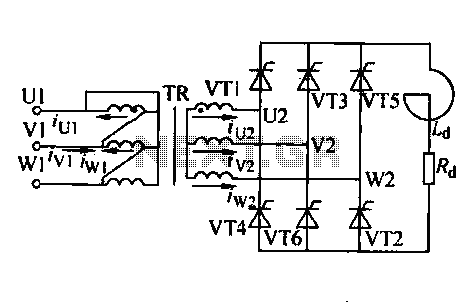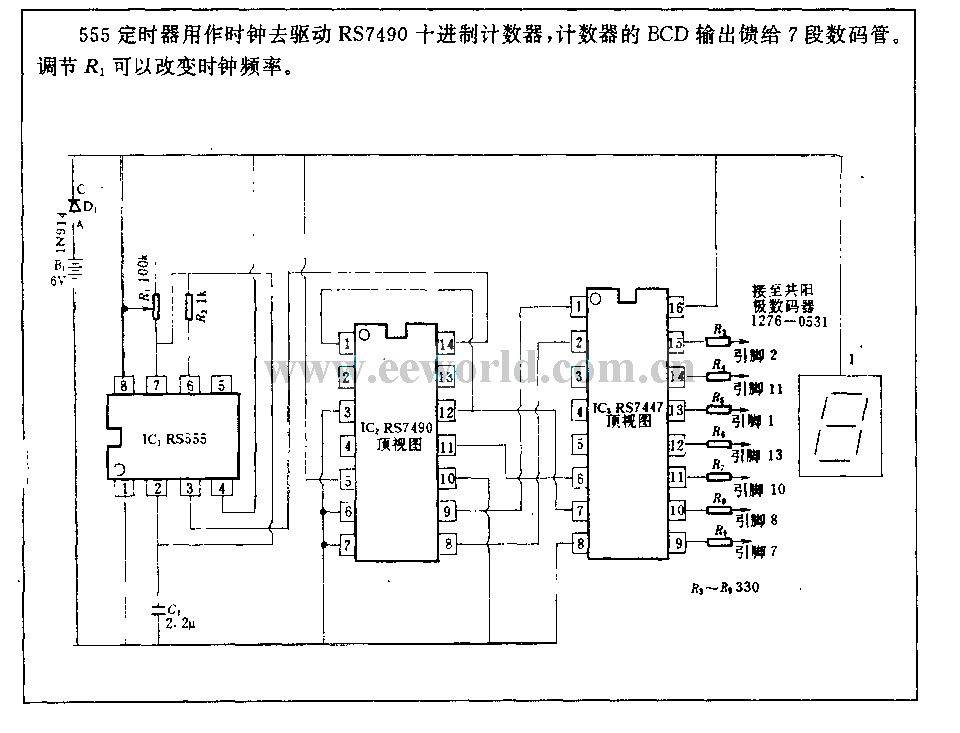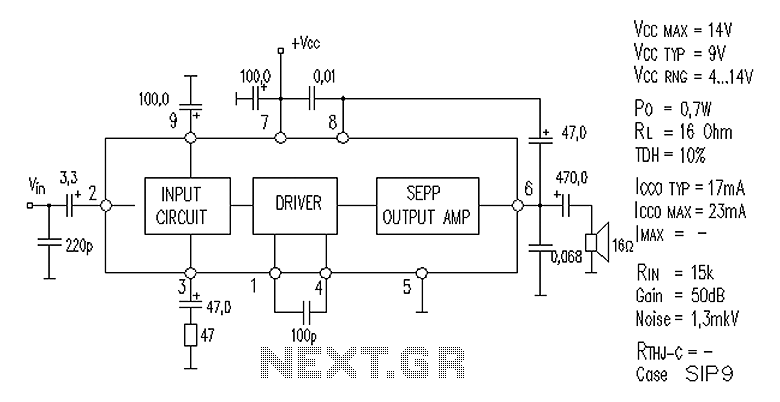
amplifier LM386 amp circuit lag
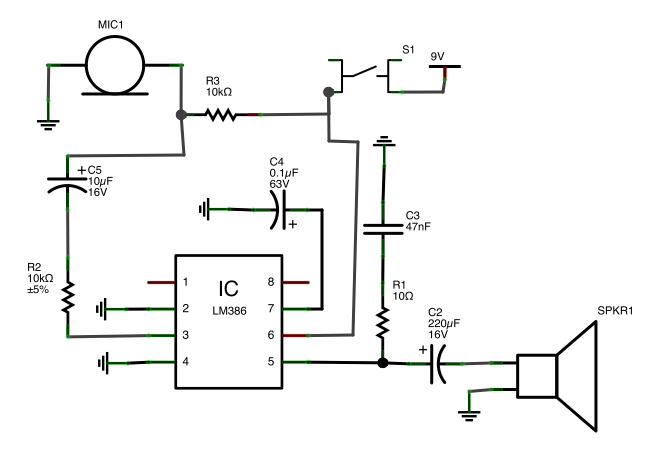
A button is utilized as a push-to-talk switch. While it generally functions correctly, there is a significant delay of approximately five seconds before any audio output is heard upon pressing the button.
The described circuit involves a push-to-talk switch, which is typically used in communication devices to activate a microphone or transmitter. The delay in audio output may be attributed to several factors, including the design of the circuit, the type of switch used, or the components interfacing with the button.
To address the delay, a detailed examination of the circuit is necessary. The push-to-talk switch can be connected to a microcontroller or an audio processing unit that manages the audio signal. When the button is pressed, it should trigger a digital input on the microcontroller, which can then activate an audio output after a defined delay.
Consider implementing a debounce circuit to eliminate any noise generated by the mechanical switch. This can be achieved using an RC (resistor-capacitor) filter or software debouncing in the microcontroller. Additionally, if the audio processing unit has a built-in delay, it may be necessary to adjust the settings or use a faster processing chip to reduce latency.
The circuit schematic should include the push-to-talk switch, a microcontroller, and the audio output stage. The switch connects to a digital input pin on the microcontroller, and the output pin connects to an audio amplifier or speaker. Proper power supply decoupling should also be included to ensure stable operation of the microcontroller and audio components.
In summary, the circuit requires careful consideration of the switch mechanism, the processing unit, and the output stage to minimize the delay and ensure immediate audio feedback upon pressing the button.I`ve got a button which I use as a push to talk switch. This works for the most part, however when I press the button it takes a good 5 seconds before I hear any output. 🔗 External reference
The described circuit involves a push-to-talk switch, which is typically used in communication devices to activate a microphone or transmitter. The delay in audio output may be attributed to several factors, including the design of the circuit, the type of switch used, or the components interfacing with the button.
To address the delay, a detailed examination of the circuit is necessary. The push-to-talk switch can be connected to a microcontroller or an audio processing unit that manages the audio signal. When the button is pressed, it should trigger a digital input on the microcontroller, which can then activate an audio output after a defined delay.
Consider implementing a debounce circuit to eliminate any noise generated by the mechanical switch. This can be achieved using an RC (resistor-capacitor) filter or software debouncing in the microcontroller. Additionally, if the audio processing unit has a built-in delay, it may be necessary to adjust the settings or use a faster processing chip to reduce latency.
The circuit schematic should include the push-to-talk switch, a microcontroller, and the audio output stage. The switch connects to a digital input pin on the microcontroller, and the output pin connects to an audio amplifier or speaker. Proper power supply decoupling should also be included to ensure stable operation of the microcontroller and audio components.
In summary, the circuit requires careful consideration of the switch mechanism, the processing unit, and the output stage to minimize the delay and ensure immediate audio feedback upon pressing the button.I`ve got a button which I use as a push to talk switch. This works for the most part, however when I press the button it takes a good 5 seconds before I hear any output. 🔗 External reference
